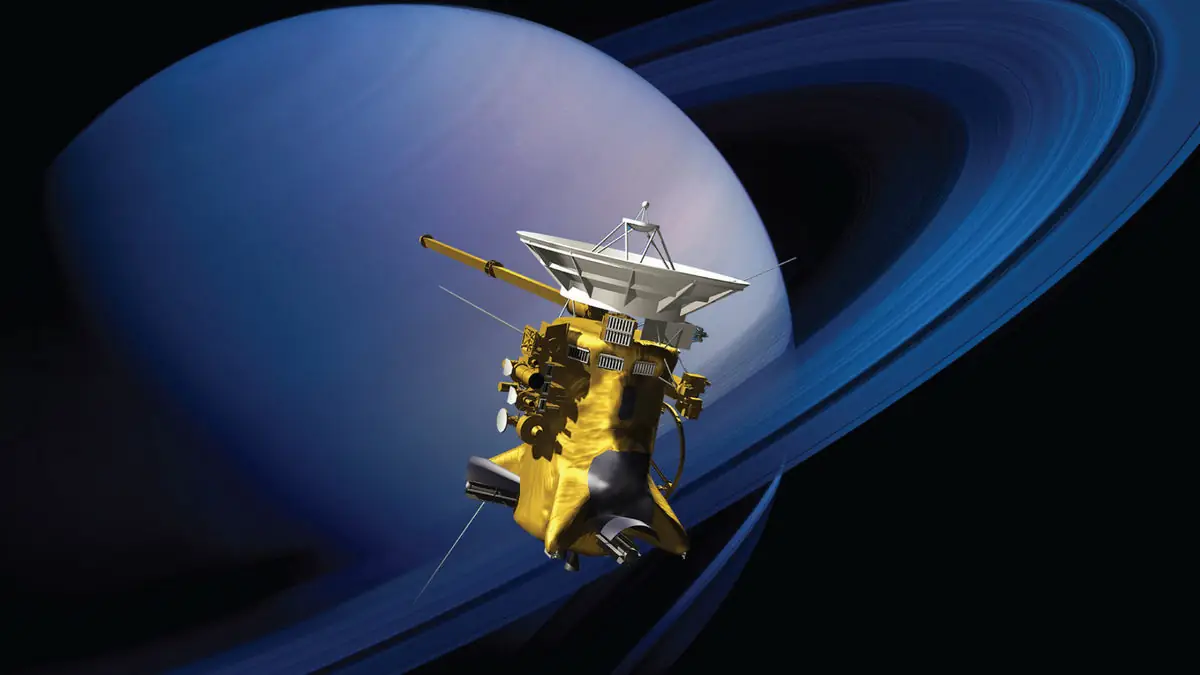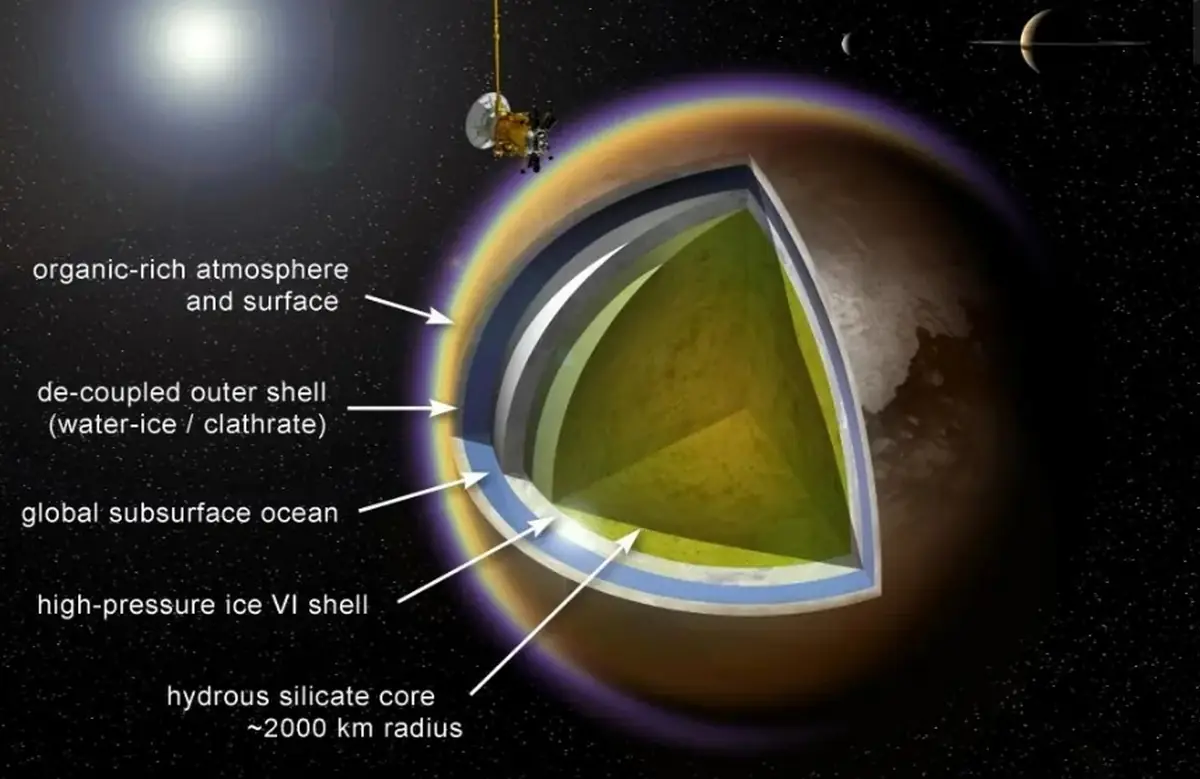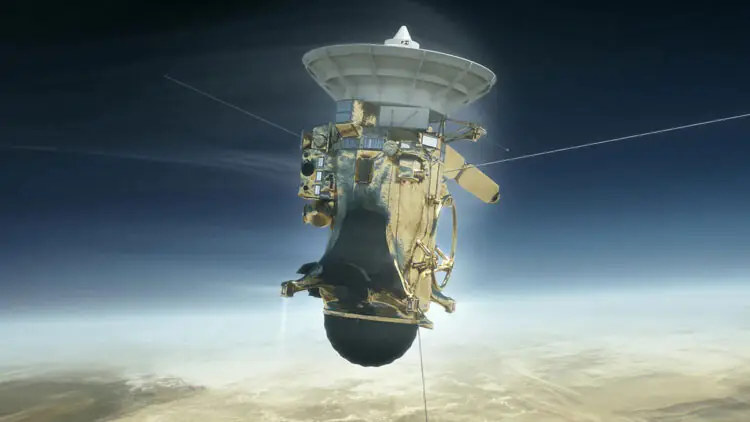NASA’s Cassini spacecraft dramatically concluded its 20-year mission exploring the Saturn system seven years ago when it plunged into the gas giant, but it continues to provide valuable scientific insights.
Using radar data from Cassini, astronomers at Cornell University have gathered new information about Titan, Saturn’s largest moon, which hosts a liquid ocean composed of hydrocarbons – a class of organic chemicals made up of carbon and hydrogen. This includes substances such as methane and ethane.

The team was able to analyze the composition and “roughness” of Titan’s northern polar sea. Researchers discovered calm methane seas with gentle tidal currents. This finding not only reveals what previous Titan sea studies failed to uncover but also lays the groundwork for future investigations into oceanic moons within our solar system. The Cassini data used for these new discoveries were collected using “ballistic radar,” where the spacecraft directed a radio beam towards Titan, which then reflected back to Earth.

As a result, the polarization of the reflection from Titan’s surface allowed the team to view it from two different perspectives. The standard radar, which detected the signal reflected back to Cassini, provided only a single viewpoint.
“The main difference is that bistatic information provides a more complete data set and is sensitive to both the composition of the reflecting surface and its roughness,” said Valerio Poggioli, a team member and researcher at Cornell’s Center for Astrophysics and Planetary Science (CCAPS).
Cassini was launched on October 15, 1997, and spent seven years traveling to the Saturn system. In 2017, NASA deliberately crashed Cassini into Saturn to prevent the spacecraft from eventually colliding with one of the 146 known moons of the gas giant.

The ballistic radar data used by Poggiagli and his colleagues were collected by Cassini during four flybys of Saturn on May 17, June 18, and October 24, 2014, and again on November 14, 2016. For each of these radar datasets, surface reflections were observed as Cassini approached Titan and again as it moved away from the moon.
The researchers examined observations of three of Titan’s polar seas: Kraken, Ligeia, and Punga. They found that the composition of the surface layers of the hydrocarbon seas varies with location and latitude. Specifically, the material on the surface of the southernmost part of Kraken Sea reflected radar signals most effectively.
All three of Titan’s seas appeared calm when Cassini observed them: the spacecraft detected waves about 3.3 mm high. Where the hydrocarbon seas met the shorelines, wave heights increased to 5.2 mm, indicating the presence of weak tidal currents.
“We also see signs that the rivers feeding the seas are pure methane until they enter the open liquid seas, which are richer in ethane,” added Podgiali. “It’s similar to how freshwater rivers on Earth flow into the salty waters of the oceans and mix with them.”

The team stated that this finding aligns with Saturn’s moon Titan’s meteorological models, which predicted that rainfall on Titan is predominantly methane, with small amounts of ethane and other hydrocarbons.
Podgiagli added that the team continues to work with data collected by Cassini over 13 years of studying Titan. “There is a vast amount of data still awaiting full analysis, which is expected to lead to new discoveries,” he concluded. “This is just the first step.”
Source: Space









